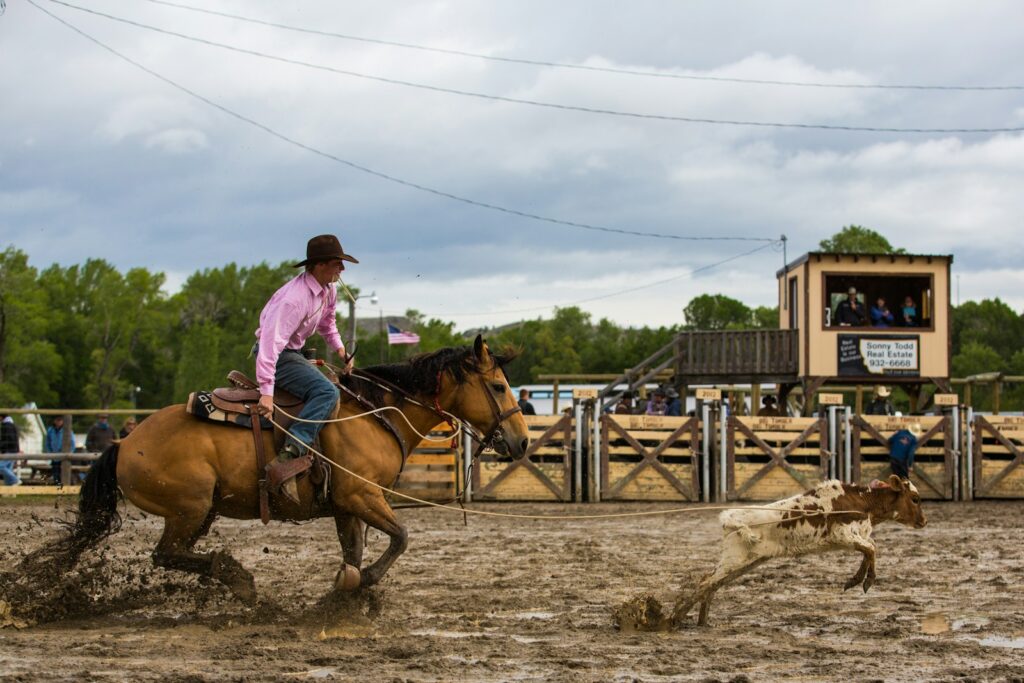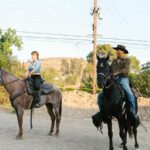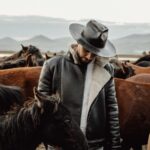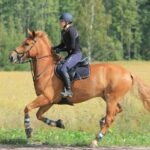Training a horse for roping and ranch work represents one of the most rewarding partnerships in the equestrian world. These specialized equines combine athletic ability, mental sharpness, and a willing attitude to perform the demanding tasks required on working ranches and in competitive roping events. While developing a skilled rope horse requires time, patience, and consistent training, the process builds an incredible bond between horse and rider. This comprehensive guide will walk you through the essential steps to transform a green horse into a dependable partner for all your ranch and roping activities.
Understanding the Basics of Ranch Horse Training

Before diving into specialized roping skills, establishing a solid foundation of basic training is essential for any ranch horse. This foundation includes consistent groundwork that teaches the horse to respect personal space, move away from pressure, and respond to voice commands. A well-trained ranch horse should be comfortable with being handled all over its body, stand quietly for grooming and tacking up, and load willingly into trailers. These fundamental skills not only make daily handling easier but also create a framework of trust and communication that will prove crucial when advancing to more complex ranch tasks. Remember that rushing through basic training to get to the “exciting stuff” often results in dangerous gaps in a horse’s education that can cause problems down the road.
Selecting the Right Horse for Roping
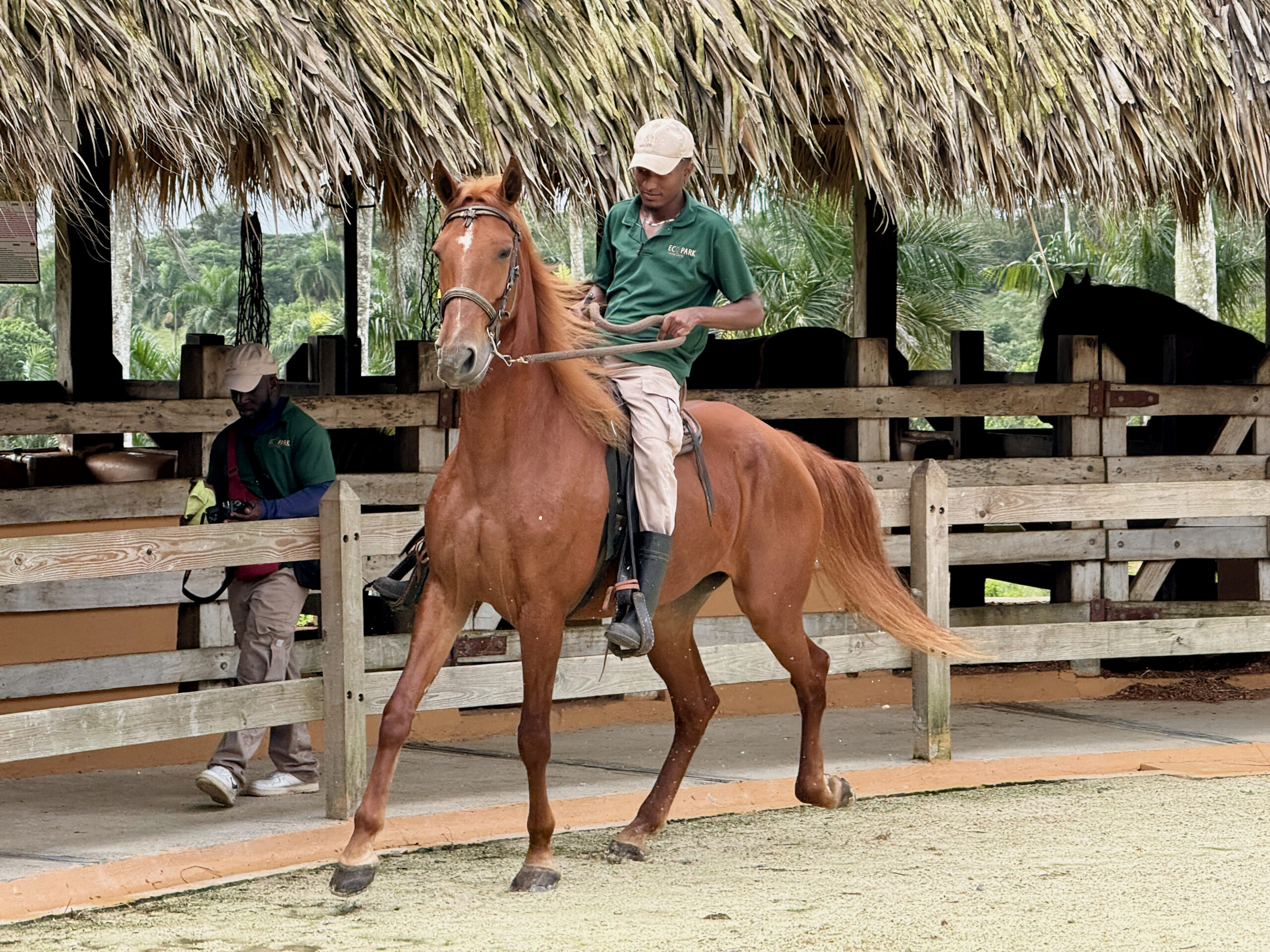
Not every horse is naturally suited for the demands of roping work, so selecting the right equine partner can save years of frustration. Look for horses with good conformation, particularly strong hindquarters that will allow them to stop and hold cattle effectively. The ideal roping horse typically has a calm, level-headed temperament with natural “cow sense” – an inherent ability to read and anticipate cattle movements. Quarter Horses, Paints, and Appaloosas are popular breeds for this work, though any horse with the right physical and mental attributes can excel. Age is also a consideration; many trainers prefer to start with a horse that’s at least 4-5 years old to ensure their body is developed enough to handle the physical stresses of roping and quick stops. Remember that a horse’s attitude and willingness to learn often proves more valuable than perfect conformation or pedigree.
Essential Tack and Equipment

Proper equipment is crucial for effective and humane training of roping horses. Start with a well-fitted western saddle with a secure seat and substantial horn that can withstand the pull of roped livestock. Protective boots for your horse’s legs are essential, as rope work often involves quick starts, stops, and turns that can strain tendons and ligaments. Bit selection deserves careful consideration – most experienced trainers start with a mild snaffle before progressing to specialized bits as the horse advances. A mechanical hackamore can be particularly useful during certain stages of training. For the actual roping practice, you’ll need several ropes of different weights and styles, plus a breakaway honda for early training to prevent accidents if things go wrong. Quality equipment represents an investment in both your success and your horse’s welfare, so purchase the best you can reasonably afford.
Developing Responsive Steering and Control
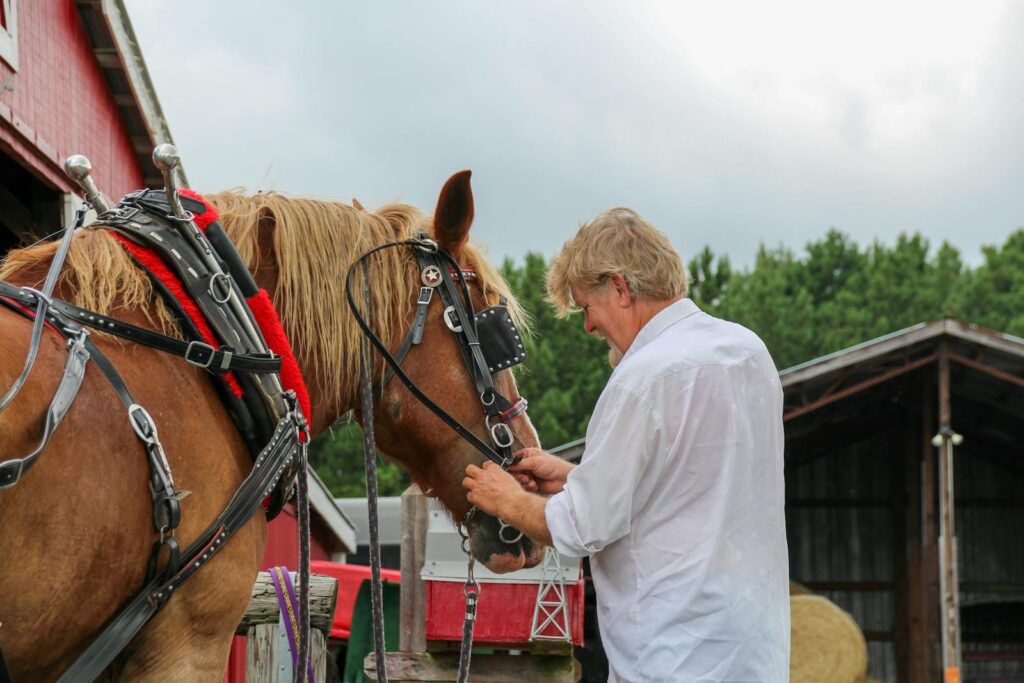
Precise steering and body control form the cornerstone of an effective roping horse’s education. Your horse must be able to respond immediately to subtle leg, seat, and rein cues to position properly for roping opportunities. Start by perfecting basic maneuvers like stopping, backing, and moving the shoulders and hindquarters independently. Practice exercises that develop lateral movement, such as side-passing along fences and performing figure eights with emphasis on proper lead changes. These skills will prove invaluable when your horse needs to track a calf closely or position quickly after a catch. Work diligently on collection and rate control, teaching your horse to maintain consistent speeds and adjust pace on command. Remember that developing these skills takes time—rushing typically results in confusion and resistance rather than progress.
Introducing Your Horse to Cattle
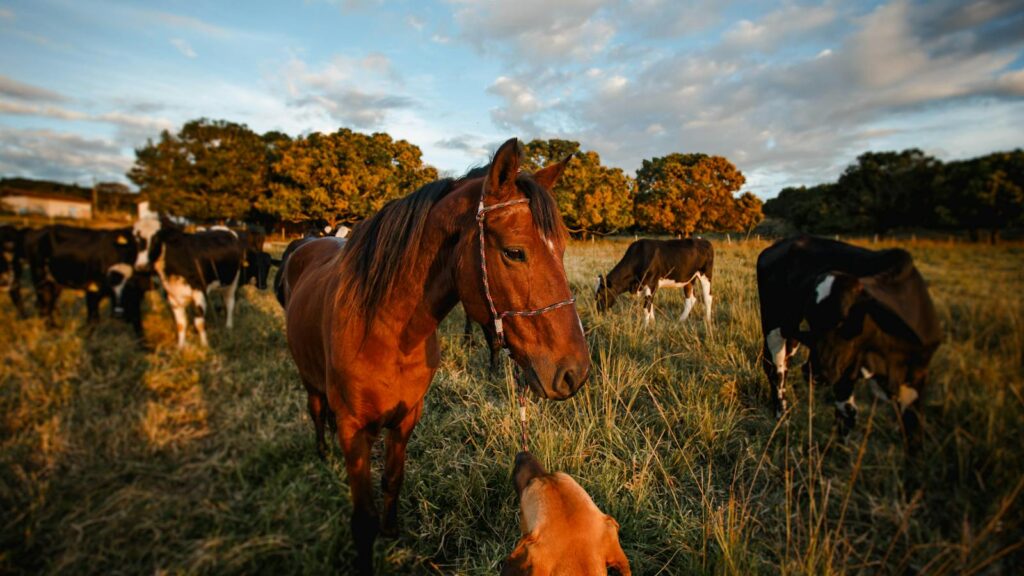
Before any roping begins, your horse needs to become comfortable around cattle and develop an understanding of how to approach and follow them. Start by simply exposing your horse to cattle in a controlled environment, allowing them to observe from a distance before gradually decreasing the space between them. Once your horse remains calm and attentive around cattle, begin practicing tracking exercises where you follow individual animals around a pen, teaching your horse to focus on and stay with a specific cow. Work on approaching, stopping, and turning with the cow’s movements to develop your horse’s natural cow sense. Pay close attention to your horse’s response—some will show immediate interest and aptitude for following cattle, while others may require more time to overcome initial nervousness or indifference. This foundation work pays enormous dividends when you eventually add the complexity of roping to the equation.
Desensitizing to Ropes and Swinging
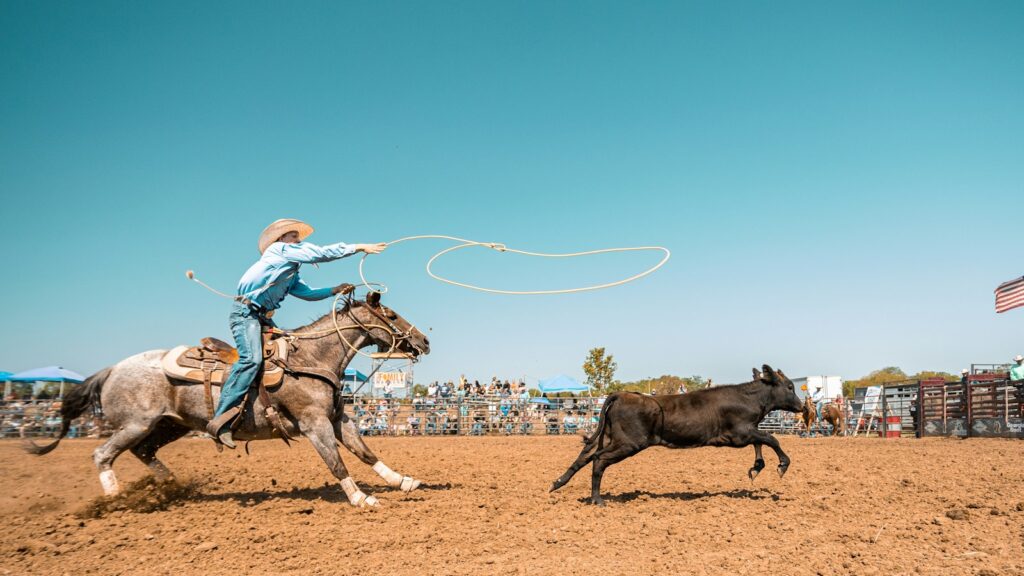
Before actual roping begins, your horse must become completely comfortable with ropes moving around its body, over its back, and under its tail and legs. Start the desensitization process on the ground by gently rubbing the rope over all parts of your horse’s body until they show no reaction. Gradually progress to swinging the rope alongside your horse, then over their head and around their body while they stand still. Once your horse accepts this calmly, repeat these exercises while mounted, starting at a standstill before progressing to walking, trotting, and eventually loping while swinging your rope. Throughout this process, reward calm behavior with praise and rest periods, and remain patient if your horse shows concern—desensitization cannot be rushed. Remember that confidence with the rope is fundamental; a horse that’s worried about the rope itself will never be able to focus properly on cattle work.
Teaching the Stop and Rating System
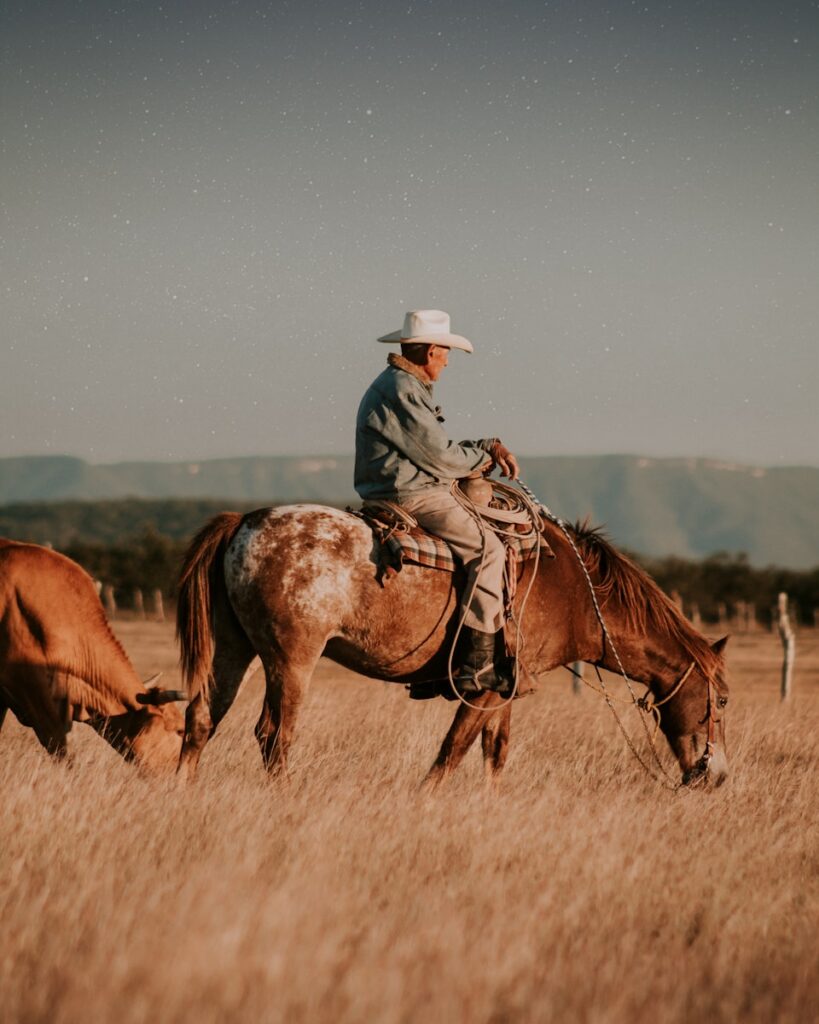
A reliable, powerful stop represents perhaps the most critical skill for any roping horse to master. Begin by teaching your horse to stop from increasingly faster gaits using clear verbal commands combined with seat and rein cues. Practice transitions between gaits frequently, emphasizing especially the downward transitions that build the muscles needed for collected stops. Once your horse develops a reliable stop, introduce the concept of “rating” – the ability to adjust speed to match the animal being tracked without constant rider input. Rating practice begins by following other horses at varying speeds while maintaining consistent distances, then progresses to following cattle. Perfecting these skills requires hundreds of repetitions, so incorporate stop and rating practice into every riding session. Your goal is to develop a horse that can instinctively match a calf’s speed and stop authoritatively when you throw your rope, without requiring you to pull on the reins.
Introducing the Roping Dummy
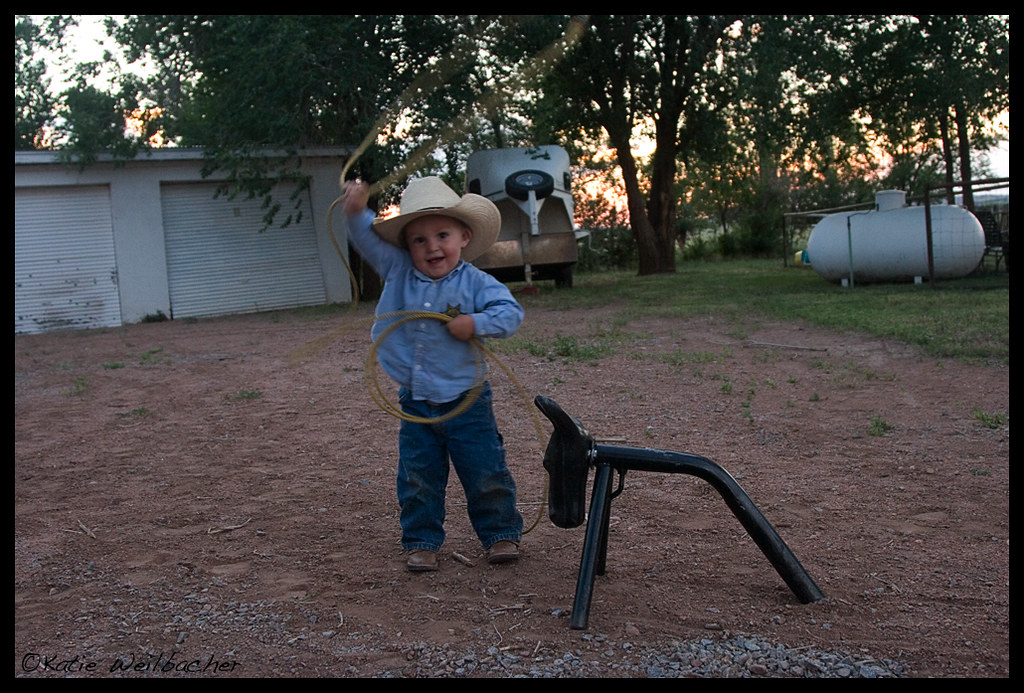
Roping dummies provide an invaluable training tool that allows horses to learn proper positioning and develop confidence without the unpredictability of live cattle. Begin by introducing your horse to a stationary ground dummy, allowing them to investigate it thoroughly before asking them to stand in the correct position relative to it for roping. Once comfortable, progress to a moving dummy pulled by an assistant, teaching your horse to track it properly. Practice approaching the dummy from different angles and distances, helping your horse understand ideal positioning for successful roping attempts. The mechanical predictability of dummies makes them perfect for teaching the crucial skill of “facing” after a catch – turning to face the roped object and backing with appropriate tension on the rope. This controlled environment allows you to address any hesitation or improper responses before introducing the additional variables that come with live cattle.
Building Box Confidence for Team Roping

For team roping, developing rock-solid confidence in the roping box is essential to consistent performance. Start by simply standing quietly in the box, rewarding your horse for remaining calm and attentive while facing the chute. Practice backing into the box smoothly and standing without fidgeting while waiting for the steer to be released. Gradually introduce the sounds of the chute opening and closing, and the sight of cattle moving through the system. Many horses develop anxiety in the box due to anticipation, so work extensively on relaxation exercises, including backing in and then immediately exiting without running, to prevent your horse from becoming overly “hot” or anticipatory. Focus particularly on teaching your horse to wait for your cue rather than exploding out of the box the moment the chute opens. Box confidence takes time to develop but represents the foundation of successful competitive roping performances.
Developing Heading Skills
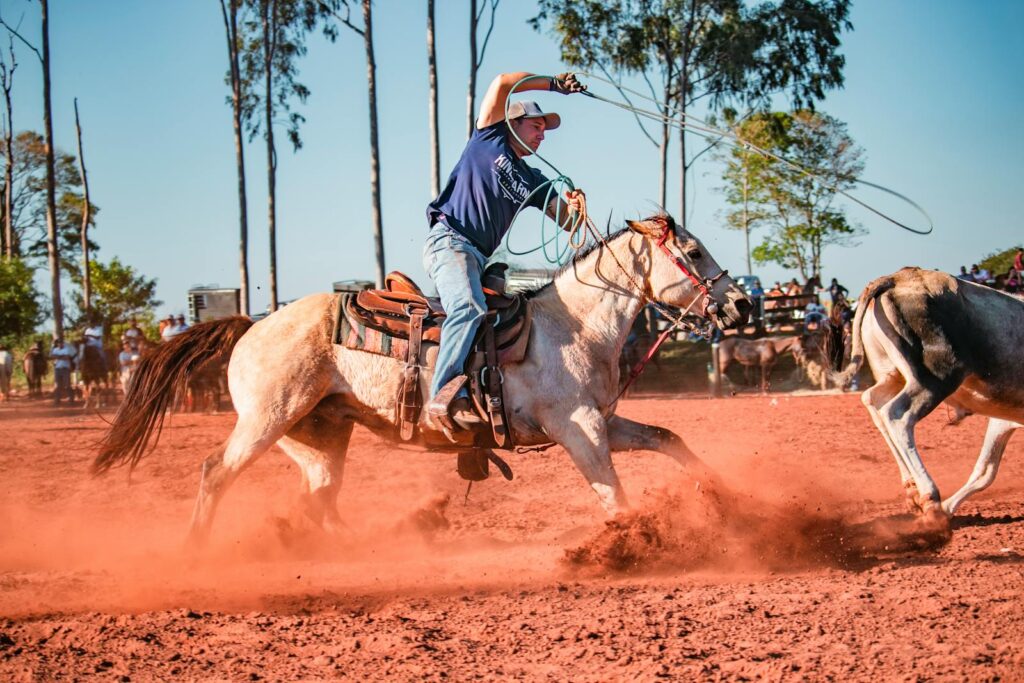
Training a horse specifically for heading in team roping requires developing a precise set of skills focused on positioning and control. Your heading horse must learn to run alongside the steer at the perfect distance and angle to give you the opportunity for a clean catch. Begin with tracking exercises at slower speeds, teaching your horse to stay at the steer’s hip without crowding or falling behind. Gradually increase speed while maintaining this precise positioning, helping your horse understand that their job is to place you in the optimal throwing position. Practice “scoring” extensively – the ability to wait patiently in the box after the steer is released before breaking out at exactly the right moment to achieve proper position. Work on approaching from different angles and distances, as competition often requires adaptability. Remember that a good heading horse anticipates the steer’s movements while remaining responsive to the rider’s direction at all times.
Training for Heeling Position
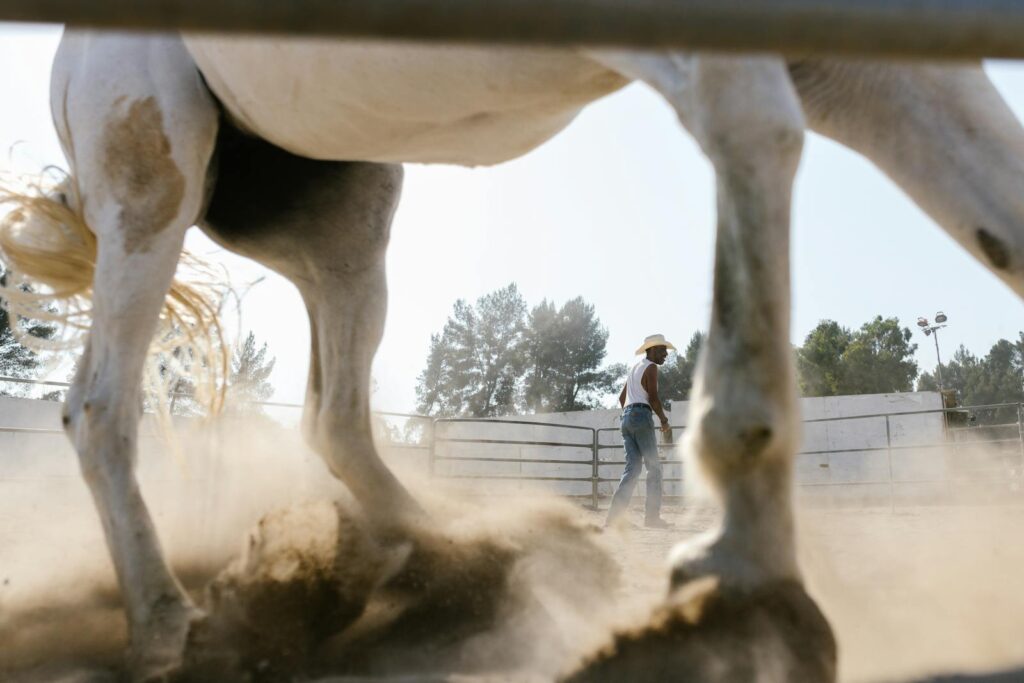
Heeling horses require specialized training to master the unique positioning required for catching the steer’s back legs. Your heeling horse must learn to run slightly offset from the steer, typically to the right side, providing you with the perfect angle to deliver your throw. Develop your horse’s ability to maintain this position regardless of how the steer moves or turns, staying close enough for an effective catch without interfering with the header’s work. Practice “coming in behind” exercises where you approach from some distance and settle into perfect heeling position without overrunning or falling short. Work extensively on teaching your horse to read the steer’s movement and anticipate turns, as timing is critical in successful heeling runs. The ideal heeling horse shows patience during the run, waiting for your cues rather than rushing the position, and develops the intuition to know precisely when to move in for the optimal catch opportunity.
Training for Breakaway Roping
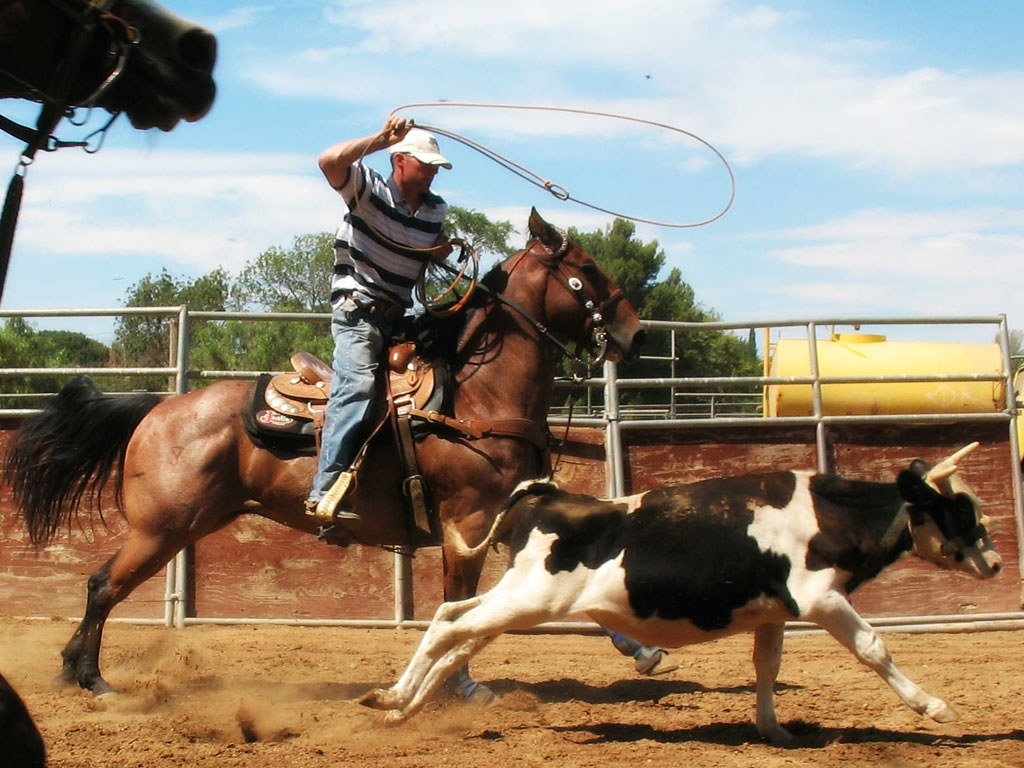
Breakaway roping demands a horse with explosive speed from the box combined with the intelligence to rate perfectly for the throw. Start by building impeccable box manners, as any anxiety or premature movement can destroy a breakaway run before it begins. Develop your horse’s ability to explode from a complete standstill to full speed within a few strides, then practice maintaining the perfect distance behind the calf – close enough for an effective throw but not so close that you run over the calf. Unlike team roping, breakaway horses must learn to come to a balanced stop immediately after you throw your rope, rather than continuing to run. This requires extensive practice of the “stop on the throw” cue, teaching your horse to associate your roping motion with the command to halt. Focus particularly on developing consistency in your horse’s approach and positioning, as breakaway roping success depends heavily on developing a predictable pattern your horse can execute reliably under pressure.
Preparing for Competition and Real Ranch Work
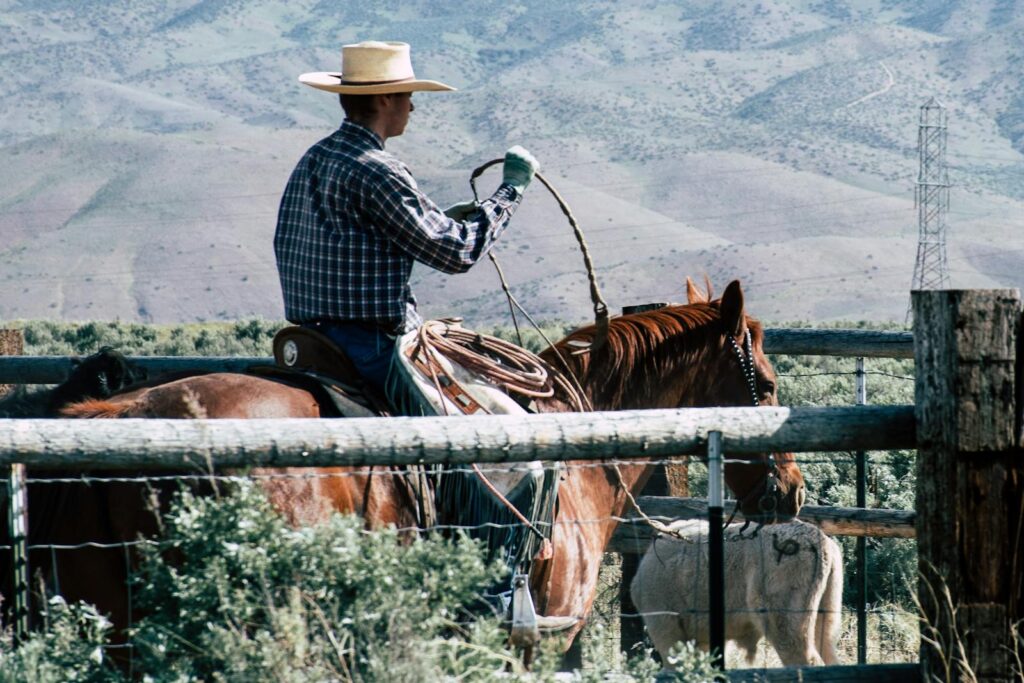
The final phase of training bridges the gap between controlled practice sessions and the unpredictable environments of competition or actual ranch work. Begin exposing your horse to different arenas, varying ground conditions, and unfamiliar cattle to build adaptability. Practice under increasingly realistic conditions, including working with a timer, having announcements over loudspeakers, and navigating around other horses and riders. For ranch work preparation, practice in authentic settings with various types of cattle and terrain challenges your horse might encounter. Simulate pressure situations by inviting friends to watch your practice sessions or participating in jackpot events before major competitions. Throughout this process, maintain consistent training standards while helping your horse understand that the fundamental tasks remain the same regardless of the environment. A truly finished rope horse performs reliably whether working a single cow on a remote pasture or competing in front of thousands at a major rodeo.
Maintaining Your Rope Horse’s Physical and Mental Health
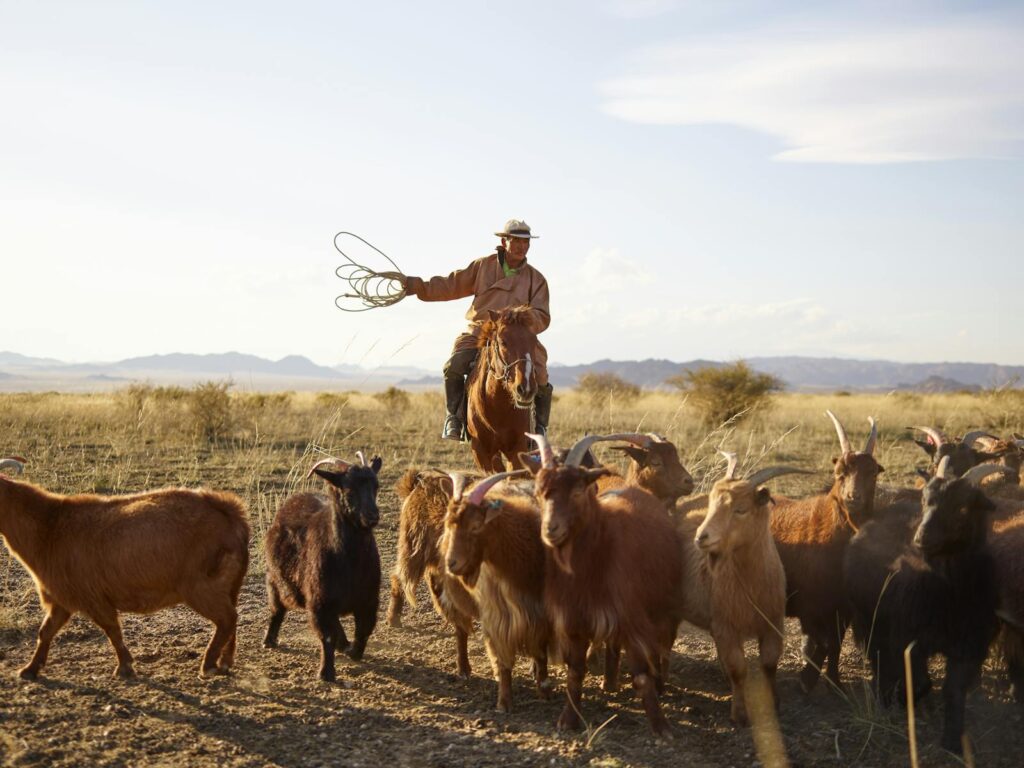
The demands placed on roping horses require exceptional attention to their physical and mental wellbeing. Implement a comprehensive conditioning program that builds the specific muscle groups needed for quick starts, stops, and turns, including hill work, collected movement exercises, and strategic strength training. Establish a regular maintenance schedule with your veterinarian and farrier, as sound feet and legs are non-negotiable for rope horses. Pay particular attention to joint health, with many experienced trainers using preventative supplements and therapies to extend their horses’ careers. Equally important is mental freshness—avoid drilling the same exercises repeatedly, and incorporate variety through trail rides, different types of cattle work, or even completely unrelated activities. Watch carefully for signs of burnout or developing anxiety, addressing these issues immediately rather than pushing through. Remember that a happy, sound horse will outperform a sore or stressed one every time, regardless of training level or natural talent.
The journey of developing a skilled rope horse combines technical training, patience, and the cultivation of a true partnership between horse and rider. While the process requires significant time and commitment, the result—a responsive, capable equine partner that anticipates your needs and performs consistently under pressure—delivers immeasurable rewards. The best rope horses eventually develop an intuitive understanding of their job, allowing rider and horse to function as a seamless team whether working cattle on the ranch or competing at the highest levels. By following this comprehensive approach to training, you’ll build not just a skilled performer, but a trusted partner for all your ranching and roping endeavors.

